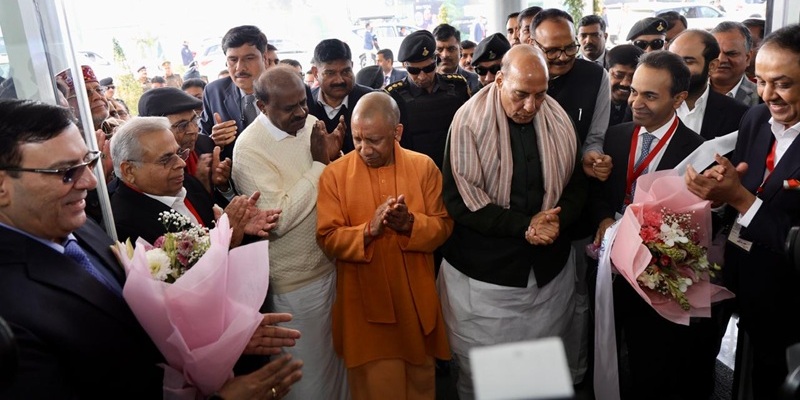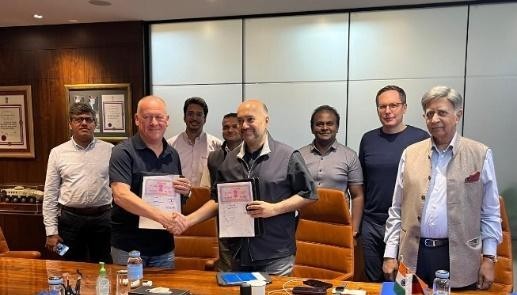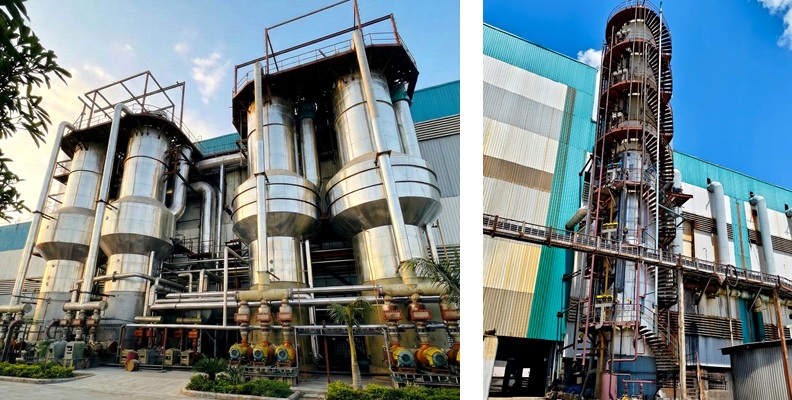Schedule a Call Back
Sustainability in machining: What role does tool holding play?
 Articles
Articles- May 25,24
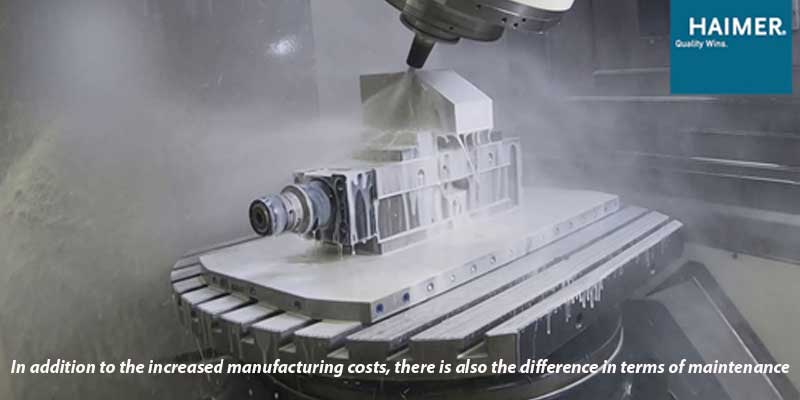
In today’s world, sustainability considerations are currently seen as a trend rather than a necessary practice. The machining and equipment used for it are no exception. Individual elements - such as tool holding- are often widely considered. Resources are limited and energy is increasingly expensive. When evaluating sustainability, it is important not to focus too narrowly on a product, but also consider the environment, the product life cycle and the entire process in which the product is integrated.
Sustainability in machining
Metal machining has many facets. Depending on the material, component geometry and quantities, a wide variety of machines, tools and clamping devices are used. External circumstances such as the production location, qualifications of the employees and possible automation must be taken into account. There are several manufacturing options that can be best, economical and sustainable depending on the case.So how can we measure sustainability? Apart from the used materials, energy efficiency is probably the main factor that determines a sustainable process. Therefore, a promising approach is to look for the largest consumers and optimise their technology use.
Haimer's shrink fit machine Power Clamp Air i4.0 Economic
Savings potential
In machining, it is undoubtedly the machine tool, which consumes the majority of the energy used with its spindle and axis drives, peripherals and auxiliary units such as cooling, lubrication or compressed air supply. When purchasing new machines, the user can significantly reduce consumption by paying attention to energy-saving components. Andreas Haimer, Managing Director and President of the Haimer Group, explains: "In our own production, we have learned that replacing an old machining centre with a new one using the same machining process requires around 30 per cent less energy. As a family business, we pay a lot of attention to sustainability. For instance, we source our steel for tools from Germany, where for years we have been exclusively using electricity from renewable energy sources, and are investing in several more solar energy systems and green infrastructure. In the last financial year, we invested a total of over one million euros and saved over 250 tonnes of CO2 per year." Not every older machining centre can be replaced by a new one. Savings can also be made in the machining process, for example by using CAD/CAM-optimised machining strategies such as trochoidal milling.Haimer, recalls an instance, "A customer provided us with data on how he was able to reduce the machining time by 75 per cent from 71 minutes to 18 minutes per part by trochoidal milling with our Haimer power shrink fit chucks and Haimer mill cutters compared to machining with a face mill cutter The change in machining strategy was accompanied by energy savings due to significantly lower power consumption. While the spindle load was 80-85% for 10 parts in conventional machining with a face mill cutter, resulting in total energy costs of around EUR 150, the trochoidal milling strategy with a spindle load of 8-10% and significantly shorter machine running time reduced energy costs to a total of EUR 5 for 10 parts. This in turn means a higher output with lower energy consumption per part produced - that's what I call sustainable and efficient."
A holistic approach
If you look at the whole process chain, have you ever thought about how a tool holder could contribute to sustainability? In view of a machining process in which the milling machine consumes an average of around 30 kW, plus the power of hydraulic and pneumatic devices, automation equipment and robots, tool holding only plays a subordinate role. This is because the tool holder is a comparatively small detail, even if the clamping process with a shrink fit chuck consumes a marginal amount of energy.Looking at other clamping systems, the energy consumption during shrinking is higher in operational use than with a hydraulic or milling chuck. If you look at the entire product life cycle of a tool holder, which includes production, maintenance and disposal, a completely different picture emerges.
The production of a hydraulic chuck requires significantly more effort and energy due to its more complicated structure. In addition to the high-precision machining of individual components, there is also the soldering of the expansion sleeve, additional heat treatment to prevent the solder joint from breaking, as well as the effort required for cleaning, assembly and filling with oil. The energy required for production is around three times as high as for the shrink fit chuck.
"In addition to shrink fit chucks, we also have hydraulic chucks in our extensive portfolio, although their list prices are two to three times higher than shrink fit chucks due to the complex production process. They are the right solution for certain applications. However, they are not more sustainable. Our analyses have shown that a hydraulic chuck requires approx. 25 kWh more energy to manufacture than a shrink chuck. Conversely, in terms of the product life cycle, this means that a shrink fit chuck with an energy requirement of 0.026 kWh per shrink fit and cooling cycle can be shrunk almost 1,000 times before it requires more energy than a hydraulic chuck." The same applies to milling chucks, which are much more complicated and contain more components as well as grease and lubricants”, states Haimer.
Life cycle and process reliability
In addition to the increased manufacturing costs, there is also the difference in terms of maintenance. While the shrink chucks are maintenance-free due to the particularly high quality of the hot-work tool steel, in combination with the patented Haimer coil and shrink fit machine technology, they can be shrunk in and out an unlimited number of times. Whereas, hydraulic chucks and milling chucks have to be returned to the manufacturer every 2-3 years at the latest to check the clamping force, lubricate the clamping screw or grease the system and carry out regular maintenance of the chuck due to wear. The contained hydraulic fluid or grease also makes environmentally friendly disposal more difficult than with shrink fit chucks, which do not contain any additional components. In addition to the life cycle, there are also significant differences in terms of process reliability. In the event of dry machining or insufficient cooling in the machining process, hydraulic chucks pose the risk of the clamping chambers bursting due to the high heat development, including tool pull-out and the risk of scrap. Shrink fit chucks are more robust and durable in this respect. If one wants to completely eliminate the risk of tool pull-out, the Haimer Safe-Lock system is an option for shrink fit chucks for 100% safety.Energy consumption
But how is energy consumption really calculated during the shrinking process? Heating a shrink fit chuck takes about five seconds with a current shrink fit machine. Experienced users shrink a worn cutting tool and shrink a new cutting tool in a single operation. The tool holder is therefore only heated and cooled once. The maximum output of the Haimer Power Clamp shrink fit machine with the patented NG coil is 13 kW, but the average is 8 kW. This means that a single, complete shrinking process consumes around 0.011 kWh. On top of this, cooling consumes around 0.015 kWh - although Haimer devices can cool up to five holders in parallel and at the same time with almost the same energy consumption. In the worst-case scenario, this results in a total of 0.026 kWh for the entire process. If a kilowatt hour costs 20 cents, shrinking and cooling a tool costs a marginal 0.5 cents.How should the energy consumption be classified, when considering the machining process, in which the power consumption of a milling machine with all auxiliary drives is around 30 kW? Assuming that a single tool is in use, for approximately one hour and that even just 1 per cent of the machining time can be saved thanks to the high concentricity and rigidity or the improved milling strategies due to the slim contour that would be 0.3 kWh of energy saved. This is approximately 11 times the amount of energy used for shrinking.
Related Stories
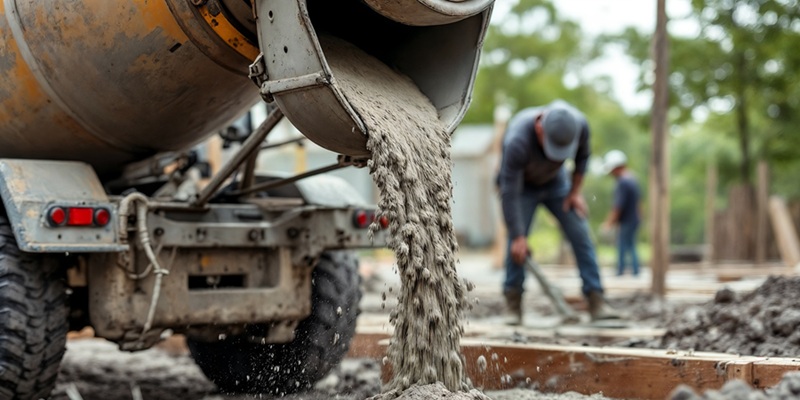
How is AI shaping the future of cement milling?
AI is transforming cement milling by enabling dynamic, data-driven control that improves energy efficiency, stabilises throughput and enhances asset reliability. By leveraging real-time data, predic..
Read more
Mobec reshapes EV charging, battery reuse: Harry Bajaj
Mobec is redefining both how EV charging is delivered and how battery resources are reused, enabling a flexible and circular EV ecosystem.
Read more
MAHLE India to double business in 4–6 years: Milind Godbole
MAHLE India to double business in 4–6 years: Milind Godbole
Read moreRelated Products
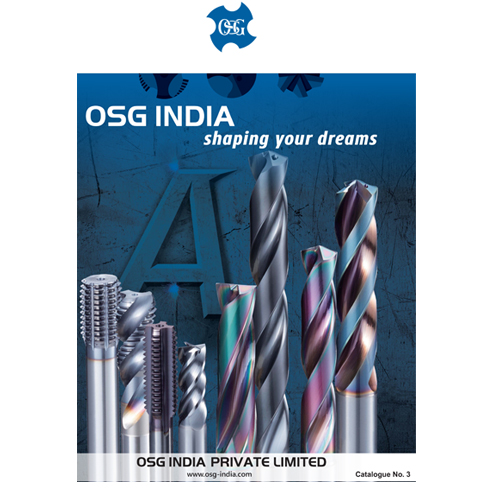
Precision Cutting Tools1
S S Trading Corporation offers a wide range of precision
cutting tools.
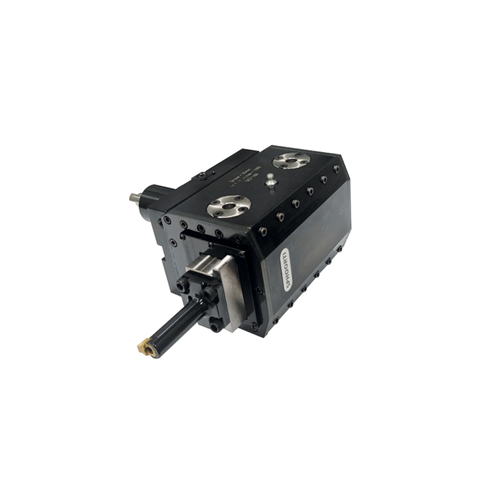
Slotting Head Unit for All Cnc Turn Mill Centers
Sphoorti Machine Tools Pvt Ltd offers a wide range of
slotting head unit for all CNC turn mill centers.
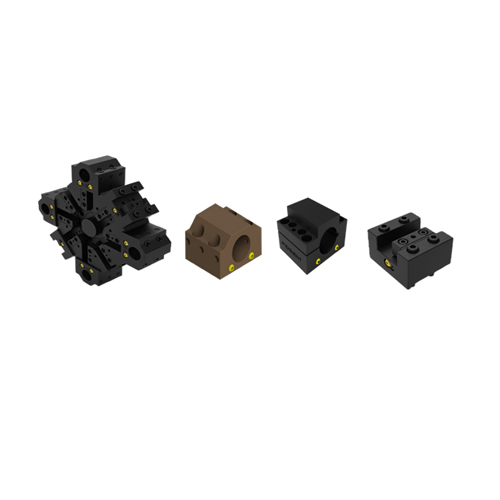
Slotted Tool Disc and Tool Holders
Prominent Machine Tools offers a wide range of slotted tool disc and tool holders.





